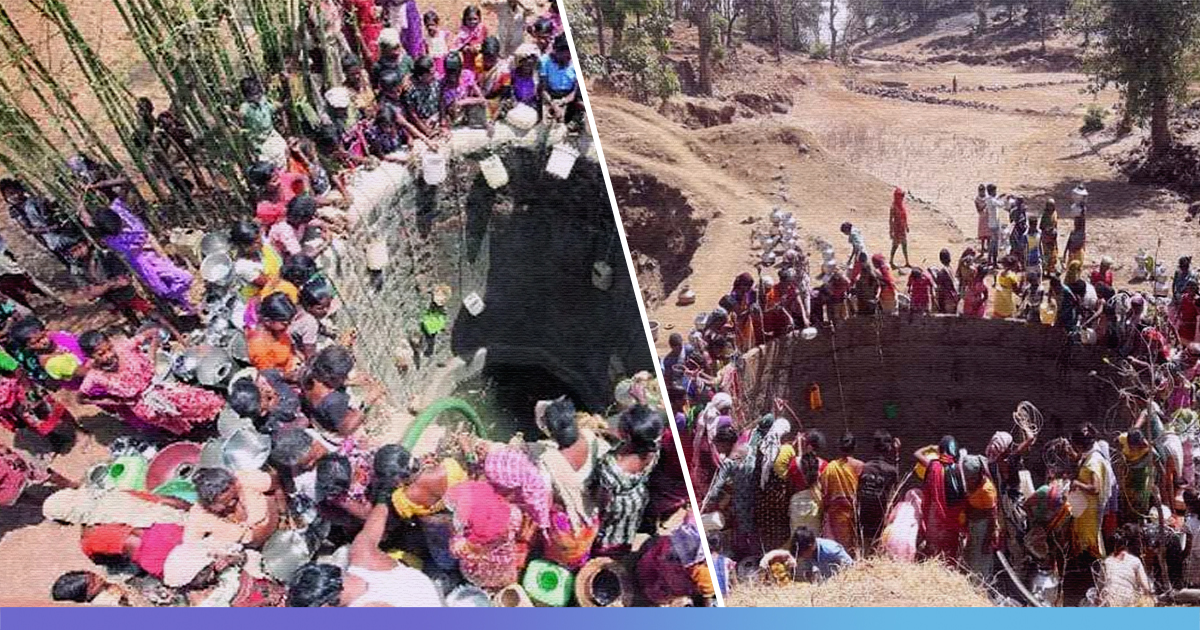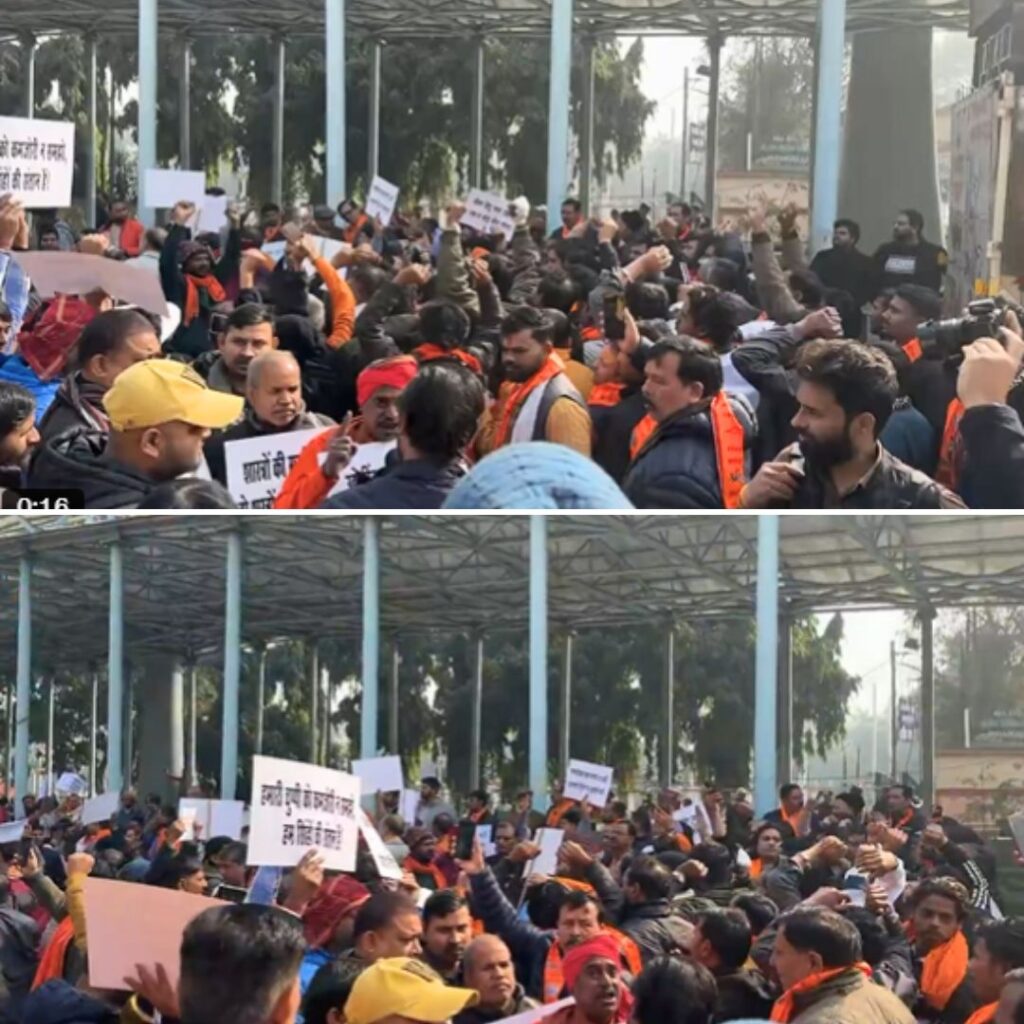Large parts of Maharashtra are witnessing an alarming dip in groundwater levels, according to the latest survey by the state’s Groundwater Survey and Development Agency (GSDA).
Even as the rainy season has just ended five out of eight districts in the region have already reported a 0.91m dip in the groundwater levels as compared to the average of last five years, The Times Of India reported. Among all the nine talukas in Aurangabad, only Soygaon has reported a rise in groundwater levels.
While regions like Hingoli, Parbhani and Nanded districts reported an increase in groundwater levels, the water level is relatively low in Osmanabad, Jalna, Beed, Latur and Aurangabad districts.
According to the data available with the GSDA, a survey conducted on 875 wells across districts in Maharashtra showed that 46 of 76 talukas in the region have reported a decline in water levels while 30 talukas saw a rise in the water levels.
“A mixed trend can be observed in the change in the groundwater levels in Marathwada, with large areas showing a decline. The varying nature of groundwater levels in different areas may be attributed to the diverse rainfall pattern,” GSDA authorities said.
Water levels have fallen by over three metres in some of the talukas in Osmanabad, Beed, Jalna, and Parbhani districts.
Unpredictable Rainfall
In October 2018, a post-monsoon survey by the agency showed that nearly 71 per cent of the state was experiencing a dip in groundwater levels by more than one meter when compared to the five-year average. The state received a deficient monsoon in 2018, with over a third of the state recording a 30 per cent deficit from average rains. Amid droughts and deficient monsoons, overexploitation of groundwater has been ignored despite these surveys alarming the residents and authorities, experts said.
During the survey, the GSDA covered the maximum number of wells in Aurangabad district (141), followed by Nanded (134), Beed (126), Osmanabad (114), Latur (109), Jalna (110), Parbhani (86) and Hingoli (55) as per a Times of India report.
In 2018 Marathwada received 117% average rainfall in June, followed by 54% in July, 93.2% in August and 13.4% in September. The region did not receive any significant rainfall during the return phase of monsoon, which worsened the water situation. As a fallout, the groundwater level in 71 out of total 76 talukas of Marathwada had dropped in April 2019 compared to the average level during the past five years.
World Bank Report
Almost a decade ago, a World Bank report, urging for measures to address the problem, had said that Maharashtra is one among seven states that account for more than 80 per cent of critical and overexploited groundwater blocks in India.
The 2010 report said that 15 per cent of India’s food production is currently dependent on unsustainable groundwater use, the situation is most prevalent in drought-prone areas where subsistence farming is prevalent, The Indian Express reported. Overall, up to a quarter of India’s harvest is estimated to be at risk due to groundwater depletion, according to the report.












